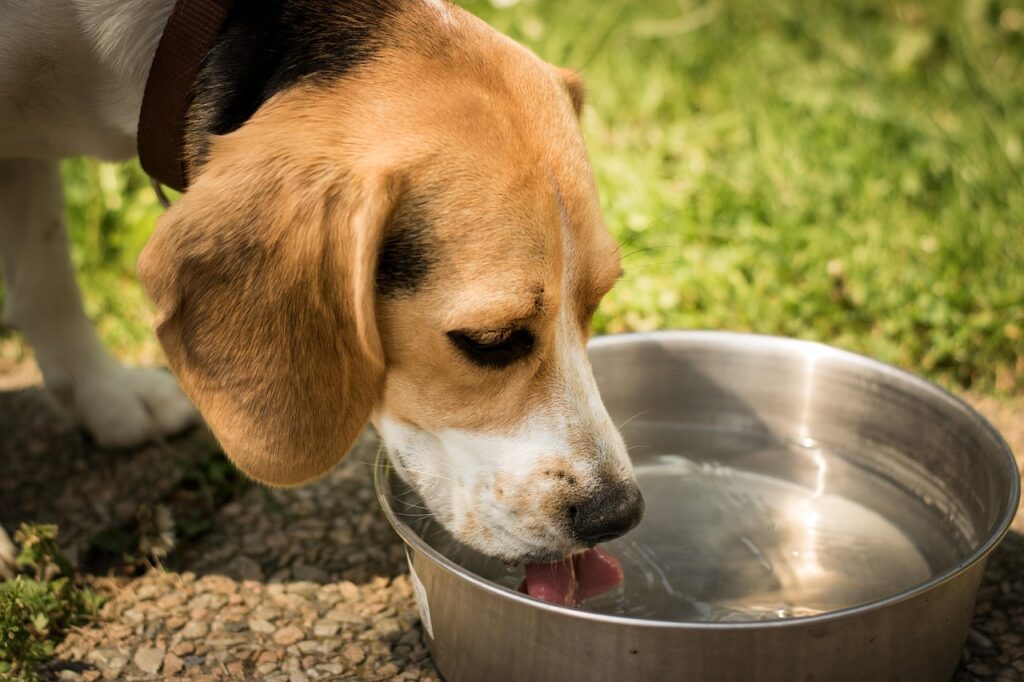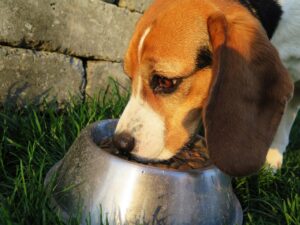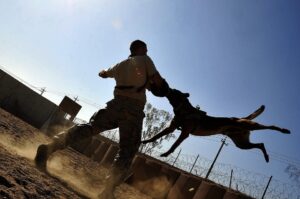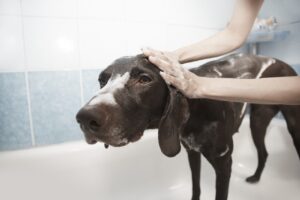
Dehydration in dogs is a serious condition that can lead to various health issues if not addressed promptly. Just like humans, dogs require a certain amount of fluid intake to maintain optimal bodily functions. When these fluid levels drop, it can lead to dehydration, a state where the body does not have enough water to carry out normal functions. Understanding the signs of dehydration in your dog is crucial to ensure their well-being and prevent potential complications. This article will delve into the top signs your dog might be dehydrated and what you can do to help them.
Understanding Dehydration in Dogs
Dehydration occurs when a dog loses more fluids than it takes in, including water and essential electrolytes like sodium, chloride, and potassium. This imbalance can affect every organ in the body, making it critical to recognize and address dehydration early. Causes of dehydration include inadequate water intake, excessive heat, prolonged vomiting or diarrhea, and underlying health conditions.
Essential Warning Signals of Dehydration
1. Loss of Skin Elasticity
One of the most common tests for dehydration involves checking the elasticity of your dog’s skin. To perform this test, gently pinch a small amount of skin on your dog’s back or neck, pull it up slightly, and then release it. In a well-hydrated dog, the skin should snap back into place immediately. If the skin takes longer to return to its original position or stays in a “tented” shape, it is a strong indication of dehydration.
2. Dry Nose and Gums
A healthy dog typically has a moist nose and gums. If you notice that your dog’s nose is unusually dry, cracked, or their gums are sticky and dry to the touch, this could be a sign of dehydration. You can also check the capillary refill time by pressing on their gums and observing how quickly the color returns. A slow return indicates dehydration.
3. Sunken Eyes
Dehydration can cause a dog’s eyes to appear sunken or dull. This is due to the loss of moisture in the tissues surrounding the eyes. If you notice that your dog’s eyes seem unusually sunken or their overall expression appears lethargic, it could be a sign that they are dehydrated.
4. Lethargy and Fatigue
Dehydration can lead to a significant decrease in energy levels. If your dog is usually active but suddenly becomes lethargic, fatigued, or less responsive, it could be due to a lack of sufficient fluids. This is because dehydration affects the body’s ability to function efficiently, leading to exhaustion and a lack of enthusiasm for play or exercise.
5. Loss of Appetite
A dehydrated dog might also experience a loss of appetite. This can be a result of nausea induced by dehydration, or simply due to the lack of energy to eat. If your dog is not interested in food or is eating significantly less than usual, it’s important to consider dehydration as a potential cause.
6. Panting and Increased Heart Rate
Panting is a normal behavior in dogs, especially after exercise or in warm conditions. However, excessive panting, particularly when at rest, can be a sign of dehydration. An increased heart rate often accompanies this, as the body attempts to compensate for the lack of fluids. If your dog’s panting seems abnormal or if their heart is racing, it’s essential to check their hydration status.
7. Dark Yellow Urine
Urine color can be an indicator of hydration levels. A well-hydrated dog will typically have clear to light yellow urine. Dark yellow or concentrated urine is a sign that your dog is not getting enough fluids. In addition, decreased urination frequency or difficulty urinating can also indicate dehydration.
How to Prevent and Address Dehydration
Ensure Access to Fresh Water
The simplest way to prevent dehydration is to ensure your dog has constant access to fresh, clean water. Regularly check their water bowl and refill it as necessary. If you’re taking your dog out for extended periods, carry a portable water bottle or bowl to keep them hydrated.
Monitor Water Intake
Keep an eye on your dog’s daily water intake, especially during hot weather or after physical activity. On average, a dog should drink about one ounce of water per pound of body weight each day. If you notice a decrease in their water consumption, investigate the cause and encourage them to drink more.
Use Hydrating Treats
Incorporating hydrating treats into your dog’s diet can also help maintain hydration. Water-rich foods like watermelon, cucumber, and specially formulated hydrating dog treats can contribute to their overall fluid intake.
Observe and Adapt to Environmental Conditions
Hot and humid conditions can increase the risk of dehydration. During such times, keep your dog indoors with air conditioning or ensure they have shaded areas to rest. Avoid strenuous exercise during peak heat hours and opt for cooler times of the day for outdoor activities.
Seek Veterinary Care
If you suspect your dog is severely dehydrated, seek veterinary care immediately. Severe dehydration requires prompt medical intervention, often involving intravenous fluids to restore hydration levels and address any underlying causes.
Conclusion
Dehydration is a preventable condition that can have serious consequences for your dog’s health. By being vigilant and familiar with the warning signs, you can take early action to ensure your dog stays well-hydrated. Regularly monitoring their water intake, being mindful of environmental conditions, and seeking timely veterinary care when needed can help keep your furry friend healthy and happy.
#ChatGPT assisted in the creation of this article.







